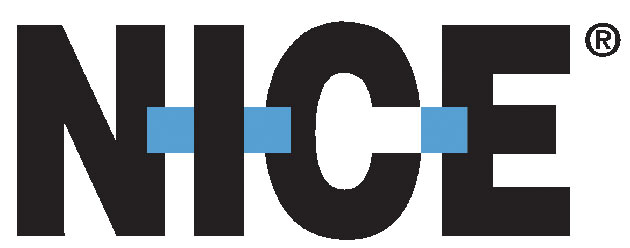 Over the past two weeks I’ve personally been trying to solve a major customer service issue with the team at AT&T’s U-Verse. Despite the fact that they, like many others, hope to have one call resolution, we were on our 8th call yesterday afternoon and the issue still isn’t fixed. While that is frustrating enough in itself, what’s more frustrating is the IVR experience and then the handoff form IVR to a real person.
Over the past two weeks I’ve personally been trying to solve a major customer service issue with the team at AT&T’s U-Verse. Despite the fact that they, like many others, hope to have one call resolution, we were on our 8th call yesterday afternoon and the issue still isn’t fixed. While that is frustrating enough in itself, what’s more frustrating is the IVR experience and then the handoff form IVR to a real person.
AT&T like many big corporations, use an IVR system in the beginning of the call designed to optimize call routing in a network of busy call centers across the globe. The IVR can use voice commands and keyed prompts from customers like you and I to find out things like the last activity on an account, and route your call based on responses. Sounds simple enough right?
Well have you ever been dealing with a customer service department, via an IVR system (you know press 1 for this and 2 for that, etc etc etc), and then you find yourself repeating the exact same information when you finally get a live person on the line?
Today more and more companies are turning to some kind of customer service conduit within their mobile app. For everyday concerns this seems to be a fine decision, let the customer have a little more control of the situation by having more choices and more common problems with answers available via app. But then, just like with a telephone based IVR, there comes a time when customers need to finish solving their problem with a human.
Currently, in most cases, the handoff between mobile app based customer service solutions and a real person is sloppy at best. You may have just spent 15 minutes making choices and keying in info on your smartphone that in theory should make it super easy for a customer service representative to finish helping the customer. But as it turns out, that handoff can be worse then the telephone based systems.
Now a company called NICE, has developed a Mobile Engage Solution that solves that problem by making apps “smarter and more sympathetic”. The company uses big data, coupled with algorithms based on customer history and the customer input itself to route customers to the right person, and insure that they have the information they need.
“When users require additional help beyond the app, the NICE solution enables them to seamlessly connect to a service agent and automatically transfers the user’s intent, history, and interaction context so that a customer service representative can pick up right where self-service left off.” The company said in a release.
Zeevi Bregman, President and CEO of NICE, said: “The proliferation of Big Data has a profound influence on our professional and personal lives. We are dedicated to providing our clients with innovative technologies and solutions to help them leverage insights from this data to transform their business. Our analytics-based advanced applications enable organizations to proactively predict and fulfill customers’ needs across channels, identify in real time events and opportunities that require attention, and help customer service teams be more efficient and effective. Our technologies are also applied by companies and organizations to fight financial crime, ensure compliance and increase security awareness.”
It’s this machine learning, brought to human based scenarios that warranted NICE being named to Fast Company Magazine’s “Top 10 Innovators In Finance”. NICE ranked alongside the ranks of Google, Amazon, Airbnb and even Nike.
We’ve been using smartphones for the last decade or so, now it seems NICE is looking to start a smart-app revolution. You can find out more here and see them in person at Mobile World Congress next week.

